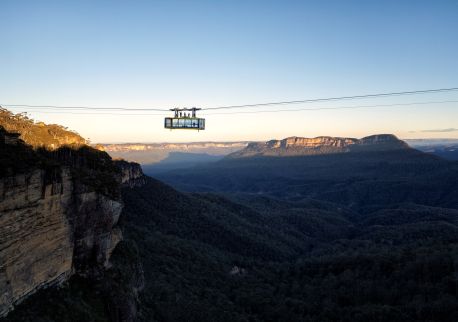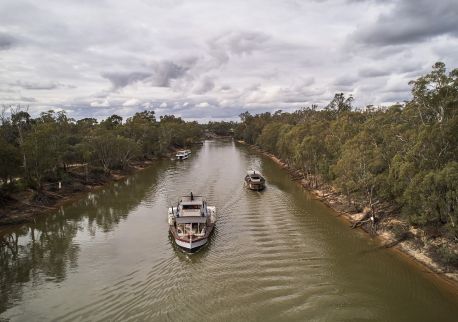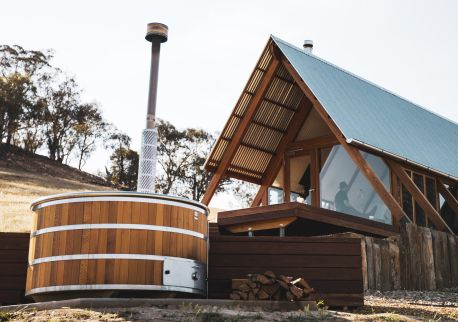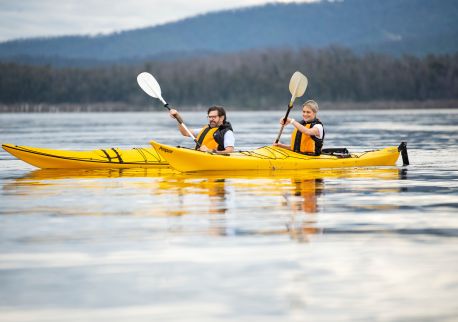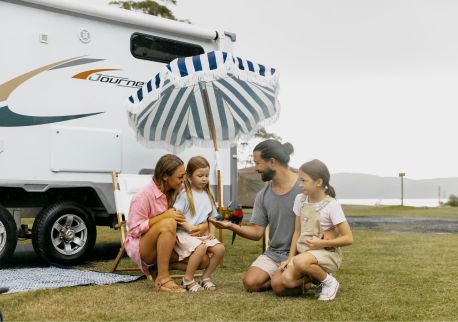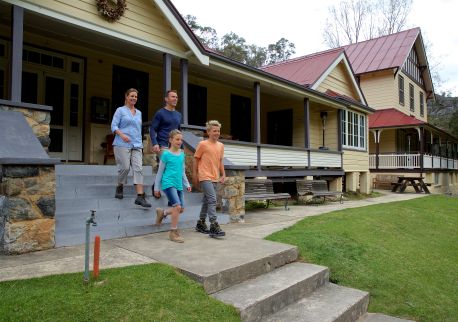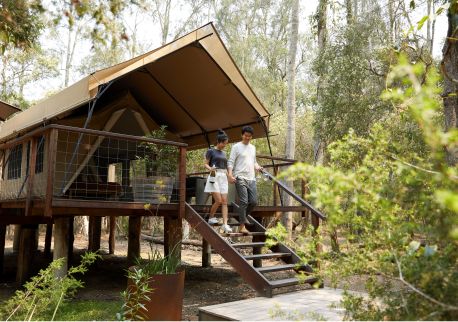Hunter Valley Wildlife Park
Highlights
Overview
Visit Hunter Valley Wildlife Park for an Animal Adventure you'll never forget!
Hand feed wallabies and kangaroos, deer, camels, and feed and pat their furry, vivacious farmyard friends. You might even be lucky enough to have a lorikeet land on your shoulder for a quick chat as you walk through the Lorikeet Aviary. With three walk-through habitats you'll have plenty of opportunities to get closer to the animals.
For the most interactive animal experience, have a next-level encounter with some of the world's most incredible species. Guided by a Hunter Valley keeper, you'll step into the animals' enclosure and allow the animal to interact with you at their choosing. You'll learn about their natural habitat, vulnerability, and unique characteristics in an experience you'll never forget.
There's so many creatures to meet – you'll need to take a moment to recharge at the Hunter Valley Wildlife Park Safari Cafe.

